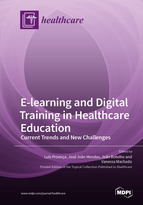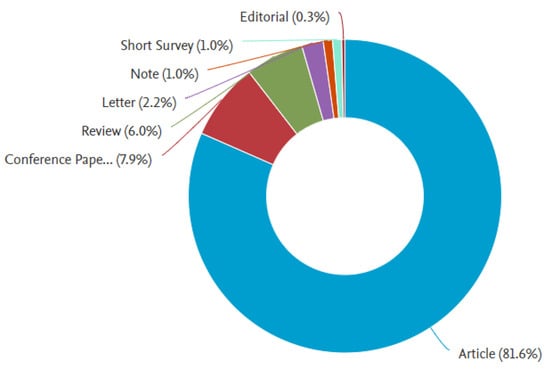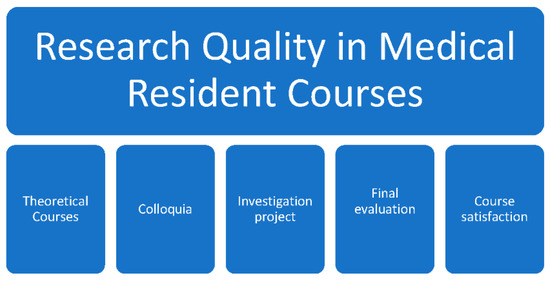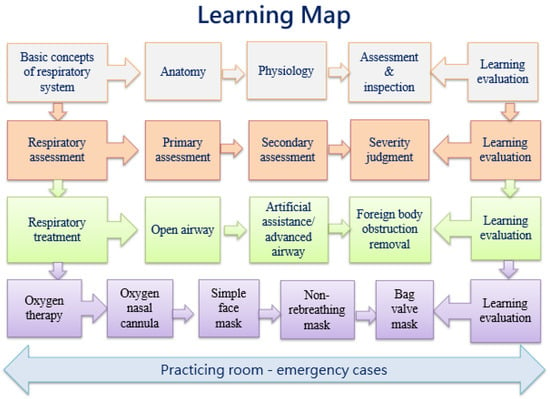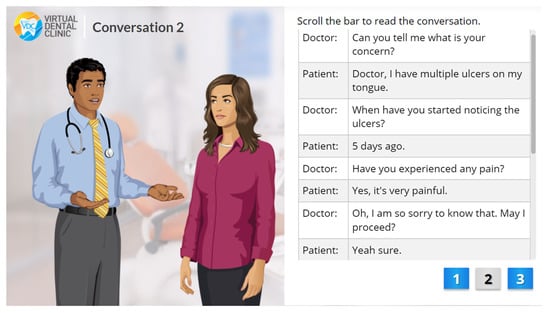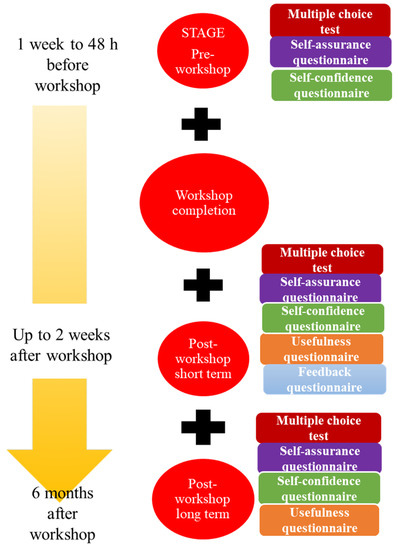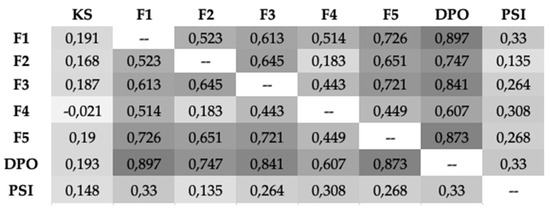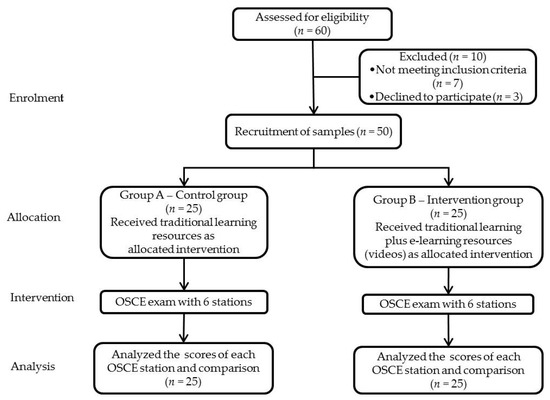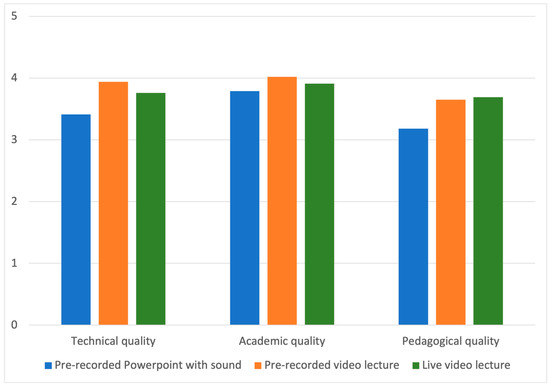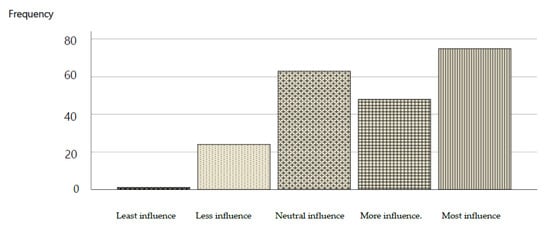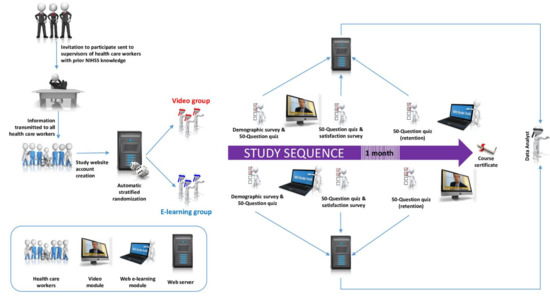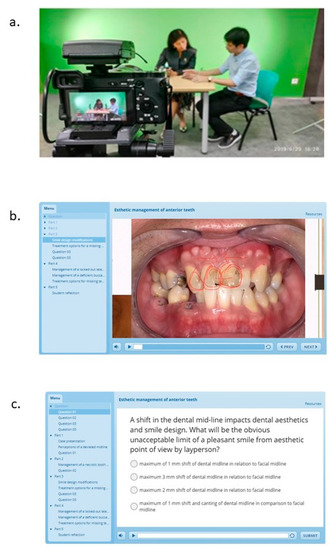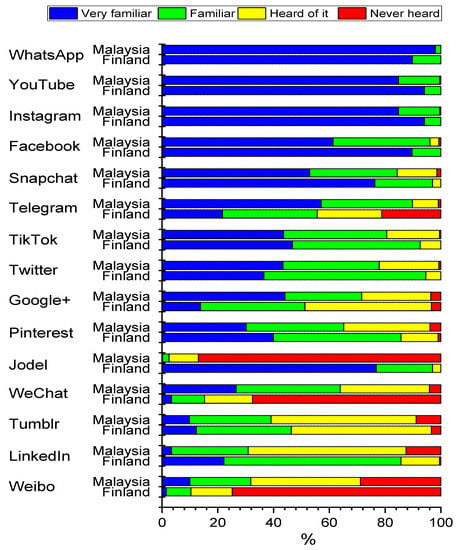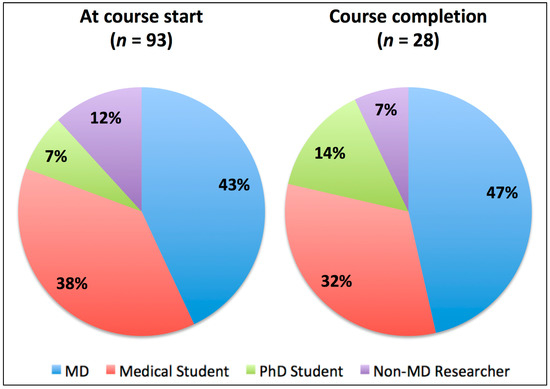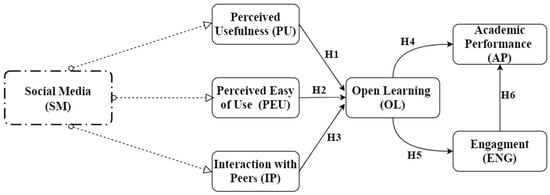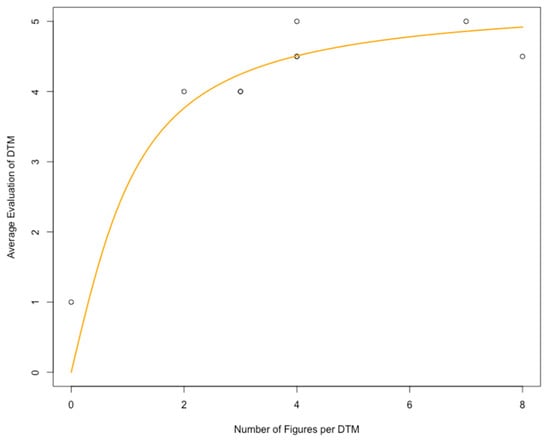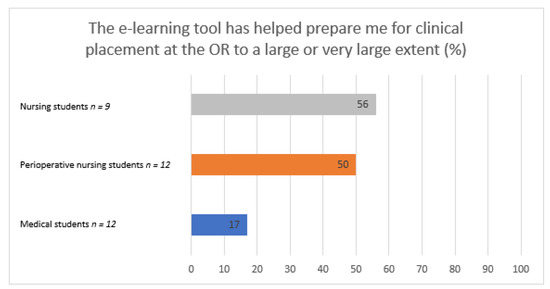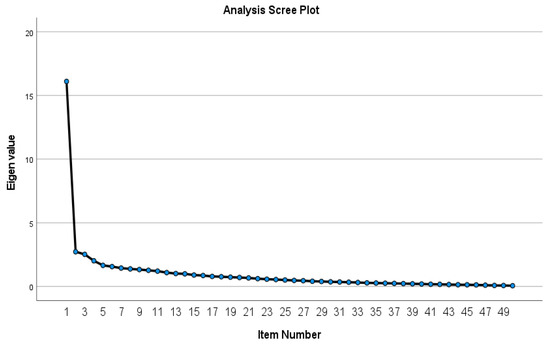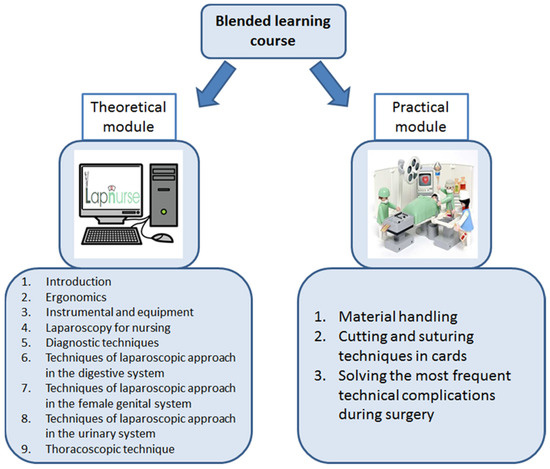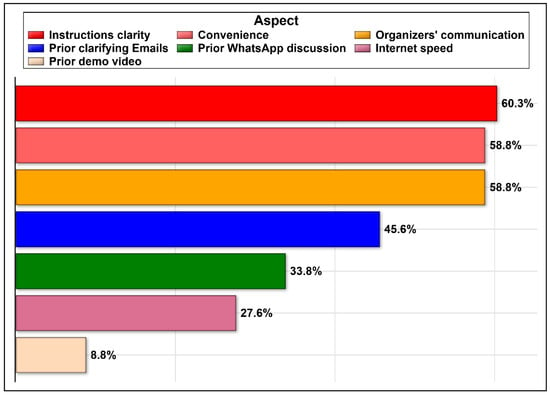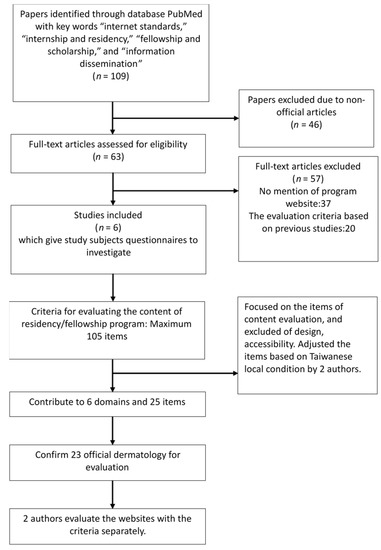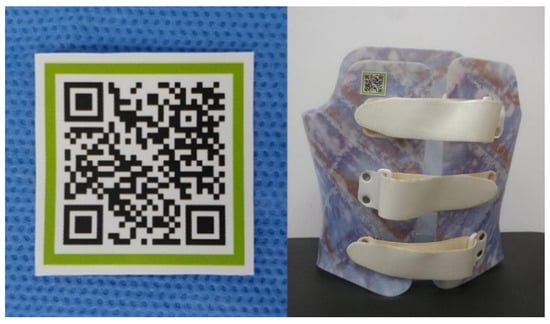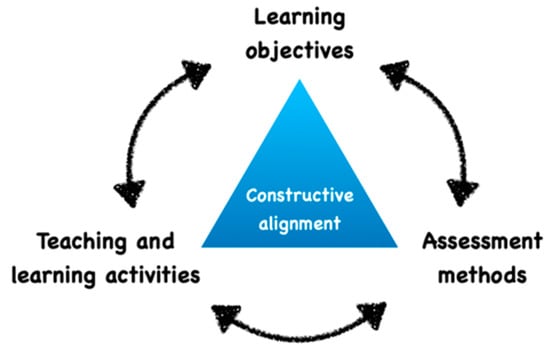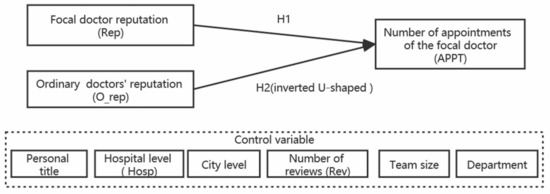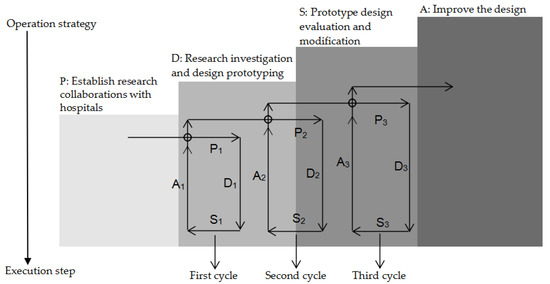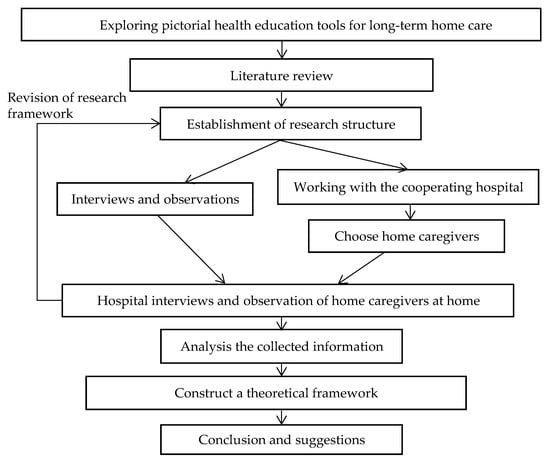E-learning and Digital Training in Healthcare Education: Current Trends and New Challenges
A topical collection in Healthcare (ISSN 2227-9032). This collection belongs to the section "TeleHealth and Digital Healthcare".
Viewed by 167420Editors
Interests: data analysis; biostatistics; public health; epidemiology; research design; clinical research; e-learning
Interests: dentistry; clinical teaching; innovation in teaching; public health; clinical research
Special Issues, Collections and Topics in MDPI journals
Interests: periodontal diseases; periodontitis; systemic inflammation; cardiovascular diseases; neurological conditions; metabolic disorders; systematic review; meta-analysis
Special Issues, Collections and Topics in MDPI journals
Interests: periodontitis; periodontal disease; dentistry; epidemiology; public health; inflammation; systemic health; systematic review
Special Issues, Collections and Topics in MDPI journals
Topical Collection Information
Dear Colleagues,
The COVID-19 pandemic had a massive impact on the learning and teaching processes, especially in healthcare education, due to the predominant role of the current student–patient interaction. Worldwide higher education institutions were forced to accelerate the introduction of web-based learning methodologies in areas where that was not the main core, like clinical teaching. This Special Issue is dedicated to the current trends and new challenges that emerge from this new e-learning environment, focusing on its potential to revolutionize healthcare education and exploring how it may help to better prepare the future healthcare professionals for their daily practice.
The Special Issue “E-learning and Digital Training in Healthcare Education: Current Trends and New Challenges” seeks research articles focusing on new insights into the use of interactive and intuitive e-learning tools and innovative teaching methodologies that engage healthcare students in the new web-based environment training. Case studies of ‘pathfinder’ e-learning initiatives and surveys related to the penetration and acceptance of the digital training in healthcare education are also encouraged.
Prof. Dr. Luís Proença
Prof. Dr. José João Mendes
Dr. João Botelho
Dr. Vanessa Machado
Guest Editors
Manuscript Submission Information
Manuscripts should be submitted online at www.mdpi.com by registering and logging in to this website. Once you are registered, click here to go to the submission form. Manuscripts can be submitted until the deadline. All submissions that pass pre-check are peer-reviewed. Accepted papers will be published continuously in the journal (as soon as accepted) and will be listed together on the collection website. Research articles, review articles as well as short communications are invited. For planned papers, a title and short abstract (about 100 words) can be sent to the Editorial Office for announcement on this website.
Submitted manuscripts should not have been published previously, nor be under consideration for publication elsewhere (except conference proceedings papers). All manuscripts are thoroughly refereed through a single-blind peer-review process. A guide for authors and other relevant information for submission of manuscripts is available on the Instructions for Authors page. Healthcare is an international peer-reviewed open access semimonthly journal published by MDPI.
Please visit the Instructions for Authors page before submitting a manuscript. The Article Processing Charge (APC) for publication in this open access journal is 2700 CHF (Swiss Francs). Submitted papers should be well formatted and use good English. Authors may use MDPI's English editing service prior to publication or during author revisions.
Keywords
- e-learning
- digital training
- healthcare education
- innovation in teaching
- clinical teaching





